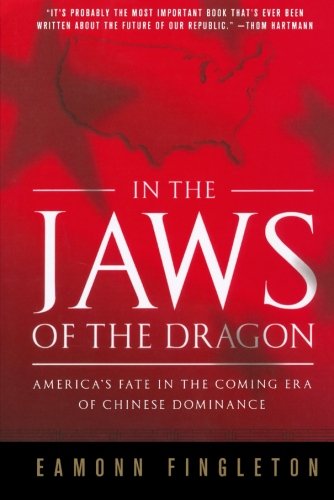◄►◄❌►▲ ▼▲▼ • B下一个新评论下一个新回复了解更多
My colleague Steve Denning’s 评论 today on Boeing’s 787 problems is on the money in identifying a key managerial wrong turning a decade ago. Boeing decided at the outset to rely on outsourcing for 70 percent of the plane’s manufactured content. As Steve shows at length, this greatly increased the managerial complexity of the project and almost certainly helps explain why the project ended up three years late (with consequent damage not only to Boeing’s reputation but, thanks to contractual penalties, to its immediate bottom line).
Even more troubling, however, has been the long-term cost in weakening Boeing’s competitiveness. This is something I identified in “Boeing, Boeing….Gone,” a cover story for 美国保守党 as far back as 2005. The point is that among the things Boeing has outsourced have been the wings and the wing-box. These are by far the most technologically advanced elements of an airframe and they were outsourced to a Japanese consortium led by Mitsubishi Heavy Industries. Part of the deal was that much of Boeing’s secret wing-building know-how had to be transferred to Japan. The decision was highly controversial with Boeing workers who saw it as a direct threat to their jobs. Outraged at the prone position they were asked to adopt towards their information-gathering Japanese counterparts, they were quoted by author Karl Sabbagh as vulgarly referring to Boeing’s technology-transfer deal as the “open kimono” policy.
Of course, you might think that what was outsourced yesterday can be insourced today. Actually this rarely happens in the real world, at least not where seriously advanced manufacturing is concerned. In this case a key problem is that the 787′s are made of carbon fiber. The learning curve in putting this tricky new material to work has been climbed by Tokyo-based Toray and Mitsubishi, not by Boeing. Unfortunately Boeing seems to have negotiated no effective access to the industrial secrets the Japanese have acquired. In effect Boeing has been left behind by its suppliers and cannot catch up without major costs that, given the relentless pressure for short-term profits in corporate America, will never seem to be worth incurring.
As a practical matter, the Airbus subsidiary of Netherlands-based EADS, will use Japanese-made carbon-fiber for the wings of its next major plane. The net effect is that the Japanese have suddenly bootstrapped themselves to leadership in the jetliner industry. (It should be noted that Japan’s aggregate contribution to the 787 comes to 30 percent, the same as that of the United States.) All this is the more piquant because Mitsubishi seems to be planning in the long run to enter the fray as a direct competitor to Boeing and Airbus in building full-size commercial jetliners. Already Mitsubishi is working with Toyota Motor to launch a 90-seat regional jetliner in 2017.
As for the immediate problem of getting the 787 back into the air, the news this morning is that overcharging seems to have been ruled out as the cause of the battery problems at the center of the crisis. Meanwhile Securaplane, a subsidiary of Britain’s Meggitt, which makes chargers for the 787, has announced it is cooperating in the effort to find the source of the problem.

 RSS
RSS








